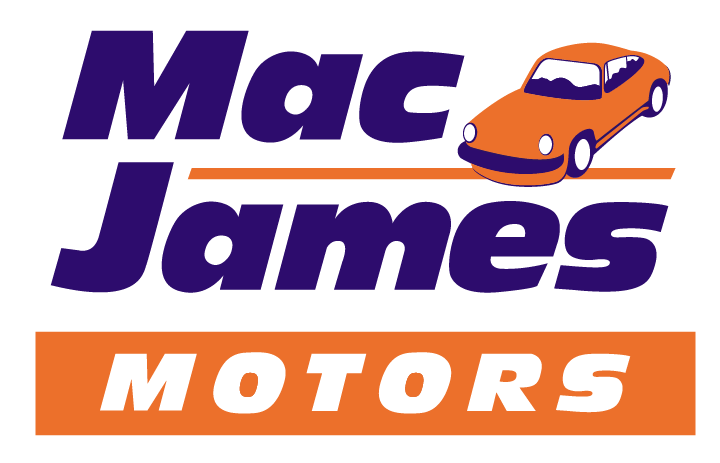10 Amazing Vintage Car Restorations

Have you ever been to a vintage car show, and wondered how the ancient beauties resting before you stay in such impeccable shape? The answer: with a lot of work. For the gear heads that collect and restore these machines, it’s a passion. That passion pays off with the looks on the spectators faces, admiring from the sidelines.
How can something so old look so untouched by time? Take a look at these incredible vintage restorations. Appreciate the meticulous craft that goes into the spectacular machines that were built to catch our eyes.
1. 1974 Jaguar XKE E-Type
The V12 engine was only Jaguar’s second engine put into production. They launched it in 1971 and stopped producing it 1976. It cranked out 285 horsepower with the 5.3 litre engine sporting an oversquare 90mm bore by 70mm stroke.
BEFORE:

https://www.youtube.com/watch?v=zSwHWxi9F1I
AFTER:

2. 1960 Triumph Italia 2000
The Italia was the brainchild of Salvatore Ruffino who wanted to put some Italian flair on the ever rising niche coupe market. The idea was to create an Anglo-Italian custom coupe project on one of the more resilient british drive trains built by vignale. It was designed by Giovanni Michelotti–who was responsible for the more popular Triumph models. It ran on the Triumph TR3’s 100 bhp 1991 cc four-cylinder engine and chassis.
BEFORE:
 https://www.youtube.com/watch?v=ZVOVQEPO5OI
https://www.youtube.com/watch?v=ZVOVQEPO5OI
AFTER:

3. 1951 Ford Pickup
The icon, the legend. It’s tough not to imagine driving down a range road with wheat crops ready for harvest as far as the eye can see whenever you see one of these trucks. The post war model of ford trucks has a place in everyone’s hearts. Its base engine is a 226-cid flathead 6-cylinder that produces 95-horsepower. The F-1 is equipped with a floor-shifted 3-speed transmission but you could get a 4-speed with the larger versions.
BEFORE:

https://www.youtube.com/watch?v=v3P7loZX3vo
AFTER:

4. 1968 Ford Torino GT
Originally called the Fairlane Torino, it was launched in ‘68 and the GT convertible was the pace car at the Indy 500. It came in a full range of models but never ended up keeping the “Fairlane” title. The fastback GT model obviously became the public favourite. Mimicking the mustang, the convertible model paled in comparison to the sales of the fastback. It sold nearly 70000 more units. Engines varied from a 210-hp, 302-cid V-8 to 325-hp/390-cid and 360-hp Ram-Air 428-cid mills.
BEFORE:

https://www.youtube.com/watch?v=ZfYO_gh2qaA
AFTER:

5. Datsun 240Z
Released in America late in 1969, the U.S. 240Z sported a 2.4 litre engine. The inline-6 was equipped with twin Hitachi variable-venturi side-draft carburetors that came up with 151 horsepower. It was given the traditional single overhead cam, with a two valve per cylinder format. Although the U.S. Datsun 2000 had a 5-speed, the American 240Z came with a 4-speed manual.
BEFORE:

https://www.youtube.com/watch?v=3VmV4T2ms4s
AFTER:

6. 1962 Pontiac Tempest
Back in the 60’s, GM had been experimenting with concepts for new releases and had an aim for smaller sizes for their vehicles. The Tempest was one such innovative design. The most interesting fact was that they had literally cut the engine size in half from other full-sized Pontiacs that were running a 389 cubic inch V-8. The 195 cubic inch V-4 engine came in five different power levels. They ranged from low compression, single barrel carburetor version that pumped out 110 hp to the high-compression four-barrel carburetor that would pummel out 166 hp.
BEFORE:

https://www.youtube.com/watch?v=CRb1v5INlII
AFTER:

7. 1967 Ford Galaxie 500
Ford wanted to play off of the excitement of the space race back in 1959 and decided to build the Galaxie 500. In total , it was in production from ‘59 through’74 but wasn’t until 1962 that ford deemed all of its full-sized range of cars the Galaxie with either 500 or 500/XL–which signified the higher series. In 1965 they introduced the 500 LTD and the 500 7-litre the year after. The Galaxie title was later dropped from both the LTD and XL in following years but was maintained below the LTD series as a mid-level full-size model from ‘65-’74. The hardtop coupe had rear wheel drive and a 3 speed manual gearbox. The Ford Big Six 240 engine was a 6.4 litre, overhead V-8 with 2 valves per cylinder which gave the Galaxie 150 hp and a top speed of 161 mph.
BEFORE:

https://www.youtube.com/watch?v=dgR5BZVR_mw
AFTER:

8. Porsche 911 Targa
The 911’s origin was in fact the 901 in 1963, coined by Butzi Porsche. It was meant to replace the 356 and be sold as the 901, but Peugeot had claimed the rights to any 3 digit titles with zero in the middle. The Targa appellation was given to the 911 after several victories in the Targa Florio race in 1967. It was installed with a 2.0 litre air-cooled flat six engine that was mounted in the rear. The 911t’s 110hp sent this puppy off at a maximum 124/mph.
BEFORE:

https://www.youtube.com/watch?v=zTO_TBIxK9w
AFTER:

9. Austin Healey 3000 BJ8
The Austin-Healey 3000 was one of the few two-door soft-top roadsters manufactured from 1959-1967. It was the third from a line of models known as The Big Healey. The original version, came stock with a 2.9 litre C-series straight 6-cylinder engine fitted with twin SU carburetors. The 124 horsepower racer came in both a two-seater and 2+2 sports convertible format.
BEFORE:

https://www.youtube.com/watch?v=t9EuHEXD_hI
AFTER:

10. 1970 Chevrolet Chevelle SS 454
The Chevelle was built on the A-body platform–much like the Pontiac Tempest–and was made to compete with the Ford Fairlane. It was mostly intended to bridge the gap between the Impala and the Nova. Ranging anywhere from 2-door coupes to 4-door wagons it had more trims available than any other GM model at the time. However, the 454 was the largest engine that Chevrolet had put under the hood of a production passenger vehicle to date. 450 hp had the limited production and enduring style roaring down the street.
BEFORE:

https://www.youtube.com/watch?v=tr8VEJHfVIE
AFTER:


